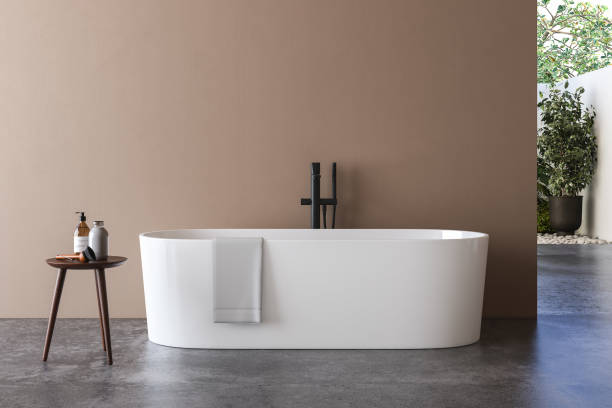Perhaps just fifty or so years ago Black and White Photography was the only option, and people were fascinated with the possibility of capturing still images that were true to life, and often, due to the skill and patience of the photographer taking the shot, were much more interesting than the scene or subject appeared to be at first sight. Black and White Photography has something magical about it. Maybe it is because it forces us to guess the colors which it communicates through the shades of gray, or maybe it is due to the staking tones, which do not ordinarily occur in our world, that Black and White photography interprets so artistically. Whatever it is, Black and White today is becoming rarer, but not necessarily less desired. The huge advantage that we have today is digital technology: computers, cameras, scanners, etc., which makes it much easier for us to go from image colorizer to Black and White in minutes. Yet, Black and White seems to be a Luxury option, whereas color does not come at an additional cost.
It is interesting how things change with time,
But we can do something to roll back the clock and bring back the beauty and nostalgia of Black and White Photography. It used to be that dedicated photographers spent countless hours in the darkroom, trying to fine tune their negatives, and their prints to squeeze the most out of them. These were laborious tasks, and required patience, and desire. Today, the darkroom workflow is radically different, since 99% of it occurs on your computer. This past decade introduced Digital Photography to the world, which completely changed the course of our lives from the creative perspective. Those of us who always wanted to shoot photography now got an opportunity to afford to shoot as much as pros do, and keep the costs down to a bare minimum. No longer do we need to pay for film, and print all 36 frames to find a couple good shots. The old era is over. It is true that some of us still use film, and we like it this way, but we are a shrinking culture, and are on the verge of extinction. Digital is “new film” and even a modest digital darkroom has more potential than a professional analog darkroom of a decade ago.
With all the technology we seem to do very well with color,
Yet Black and White in all its simplicity is struggling. The problem lies ironically with technology itself. Most people are not professional photographers, and do not necessarily understand how to use the technology to turn their photos into masterful Black and White reproductions. Simple approach, whether you use Photoshop, Elements, or other imaging software, produces pale, washed out mostly dirty gray images. The secret to beautiful Black and White photographs lies with color. Good color translates into good Black and White. People mistakenly think that less than ideal Color photos will look great in B&W, and that’s simply not true.
If you are struggling with Black and White Conversions, the first thing to keep in mind is that the quality of input will equal the quality of the output. Always start with good color photographs. Use Curves in your digital darkroom to correct, and improve the color first. It is essential to make sure that the shadows and midtones are well defined. Curves are the best tool to do this, but some prefer to use the Levels tool. A histogram of the photograph which Levels uses gives a graphical representation of distribution of Shadows, Midtones, and Highlights in the photo. Always use the color pickers in the Levels menu to visually identify Black, White, and Gray in the Photographs. Then use sliders to fine-tune the image. Once the color photograph is ready, and you are completely satisfied with the colors, use the Hue/Saturation tool to reduce Saturation 100%, which in effect turns the image to Black and White.
Now that we have a purely Black and White image we need to add color,
Or tone to perfect the photograph. The real secret to great Black and White photographs is the tone which, when applied correctly, generates an emotional response once our eyes interpret the image. It is extremely important to pick a tone, which is subtle, but at the same time has a connection with the image. For example, when we photograph people, we often add a sepia tone, because it makes the photograph warmer, and more human. It gives us a feeling of time, and closeness. When we shoot a seascape, we often tone with cooler blue, which causes our brain to associate the blueish tone with the water. To be successful at this takes time, patience, and careful attention to what the photograph is attempting to communicate the viewer. Warmer tones communicate closeness, softness, comfort, while cooler tones create the sensation of distance, separation, cold. A good example of a cooler tone implementation would be in a Black and White photograph of a metal statue, perhaps some machinery, maybe a car engine. For more information visit our website https://pixbim.com/colorize-photos/.









Thank you for great article. I look forward to the continuation.
It’s nice to see the best quality content from such sites.
Some really excellent info I look forward to the continuation.
There is some nice and utilitarian information on this site.
Comments are closed.